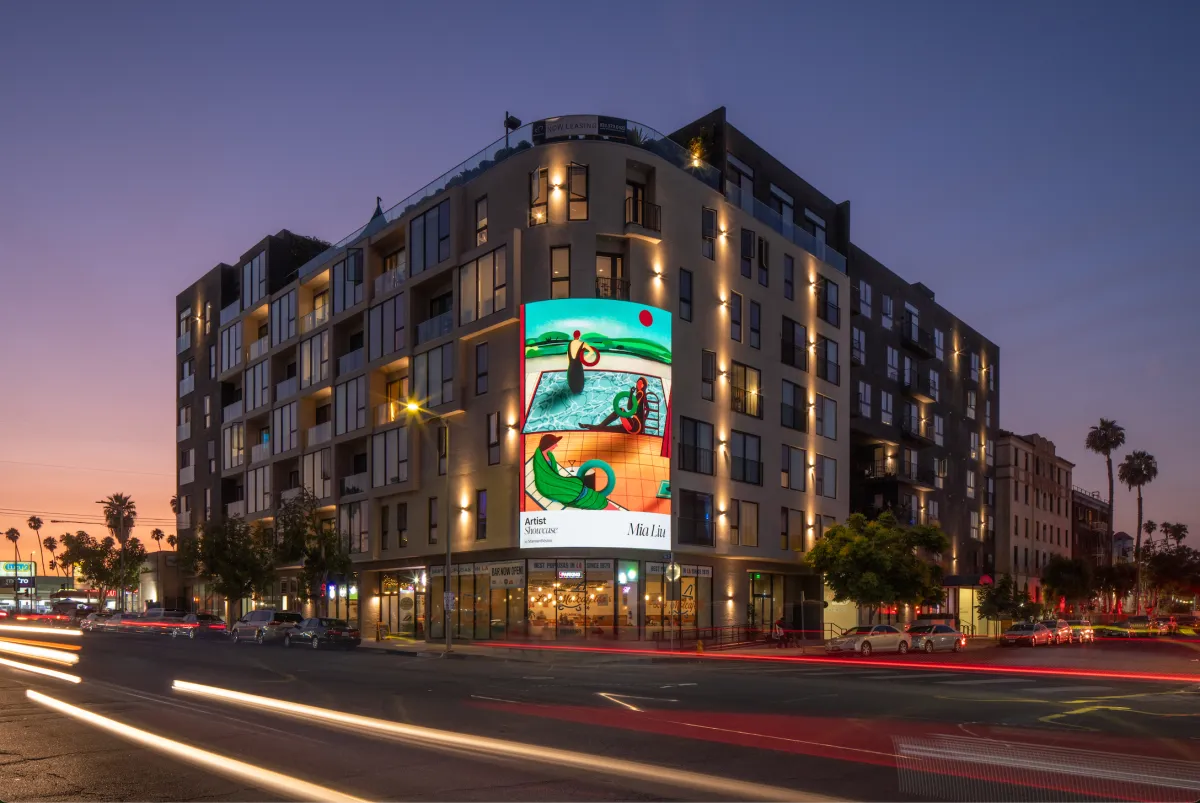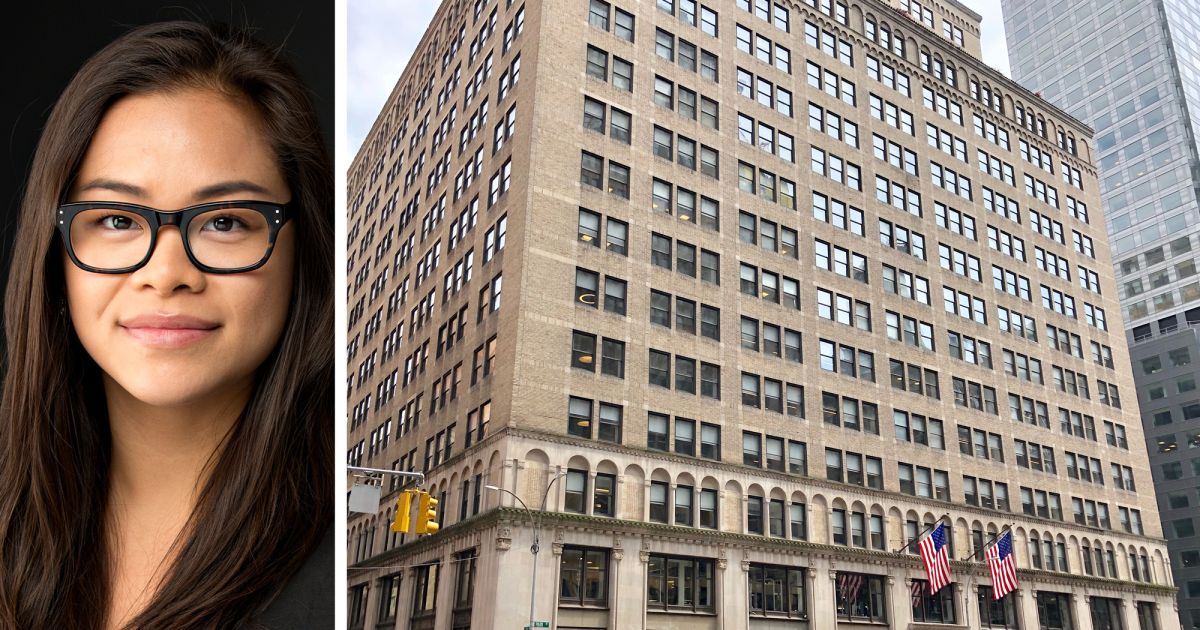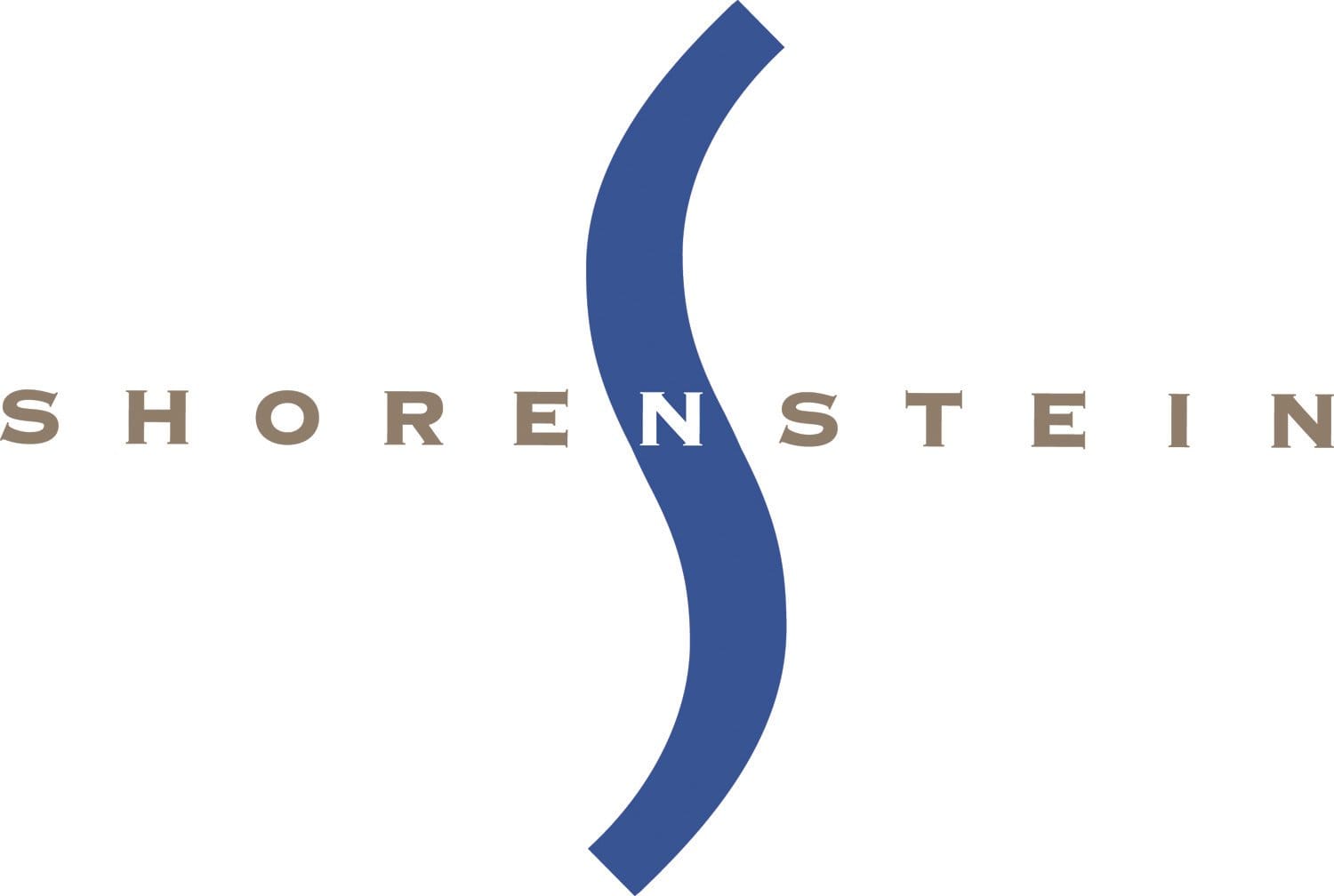How to Turn Vacant Floors, Roofs, and Facades Into Revenue
Unlock hidden value in your property: learn how vacant floors, under-utilized roofs and building facades can become profitable assets through creative reuse. From rooftop solar and vertical farms to programmable facades and micro-logistics hubs—discover strategies that turn idle space into income.

Stories, insights, and tools to help commercial real estate owners unlock value in every square foot.
💡 In The News: Creative Ways Owners Are Monetizing Space
We're constantly inspired by the creative ways real estate owners are rethinking space. They're actively creating value with bold, unconventional re-use strategies. Here are a few standout examples we've seen recently:
Facades are Brand-New Media Assets. 🖼️
Forget simple signage. Firms like StandardVision are transforming building facades and lobbies into high-value, digitally programmable art canvases. This generates revenue through brand sponsorships and elevates the building's status to an iconic cultural landmark. Read more.
Office Vacancy Grows Local Food. 🥬
Why let a dark office floor sit idle? Companies like Area 2 Farms are converting vacant commercial space into vertical farms, proving that underutilized floors can generate new revenue while providing hyper-local, sustainable food for the community. Read more.
Rooftops Become Renewable Power Plants. ⚡️
Property owners are treating their largest unoccupied surface — the roof — as a money-making utility asset. By installing solar panels via Power Purchase Agreements (PPAs), they are generating revenue from energy sales and significantly reducing tenant operating costs. Read more.
We live and breathe asset monetization. If you have a tough, underutilized space, don't let it sit idle — reach out!
We're experts at turning challenging square footage into reliable revenue. And if you learn of other innovative monetization ideas, we'd love to hear them!
🧰 Tech Tools Every Owner Should Know About
Here’s the latest tool we’re using, shared alongside a real-world example, because the strongest owners today operate like data-driven operators, not just investors.
🗺️ Geospatial Visualization with Kepler
Kepler.gl is a free, open-source, browser-based application for geospatial data analysis. It allows you to load large-scale location data (like a list of customer or tenant addresses) and transform it into rich, interactive maps without needing a GIS degree or complex programming.
How This Helps CRE Owners & Developers
Visualizing location data on a map unlocks critical, actionable insights for commercial real estate. While robust, third-party platforms like Placer.ai offer deep-dive data, Kepler.gl is free and perfect for owners who want to visualize and analyze their own internal datasets for a quick, powerful edge.
- Retailers & Developers: See customer density and traffic patterns to optimize site selection for new stores or identify underserved trade areas.
- Office & Residential Owners: Map current tenant/employee addresses to understand commute patterns or target marketing efforts to specific nearby neighborhoods.
- Urban Planners: Quickly analyze large data sets (like crime, foot traffic, or infrastructure) to inform development and zoning decisions.
Mapping Success: How Stuf Uses Data to Find Our Next Location
At Stuf, we use a comprehensive approach to assess demand and pinpoint new sites, relying on market reports, competitor data, and our own proprietary data (waitlists, utilization rates, etc.).
However, we recently found a powerful, free way to augment this process: visualizing our customer location data. Kepler.gl and free Google tools have helped us turn simple customer addresses into powerful visualizations that guide our expansion strategy. This method gave us insights we couldn't get from spreadsheets alone.

Here is the simple process we followed:
- Gather Data: We exported our customer list, including the facility they booked and their home address (names removed for privacy).
- Geocode Addresses: We used a simple Google Sheet script to convert those text addresses into precise Latitude and Longitude (Lat/Long) coordinates.
- Visualize: We uploaded the Lat/Long data into Kepler.gl and created a heatmap.
The Takeaway: This heatmap immediately showed us where our highest demand clusters live relative to our facilities. This allowed us to:
- 🎯 Refine Marketing: Hyper-target digital ads to the specific postal codes showing the highest potential demand.
- 📍 Identify Future Sites: Pinpoint neighborhoods with high customer density but no nearby Stuf location, creating an objective blueprint for new site acquisition.
- 📈 Validate Asset Performance: Clearly demonstrate the trade area penetration for our existing landlord partners.
🏗️ What’s New at Stuf
We are doubling down in key markets to help property owners in dense, urban areas unlock massive value in underutilized space. Over the last few weeks, we launched 3 locations:
- 1 Park Avenue, NYC: Activated 12,000 RSF of space within Vornado Realty Trust's iconic Midtown asset. This launch expands our footprint in Manhattan’s core office market. Read more.

- 5757 Wilshire Blvd, Los Angeles: We launched our largest site to date — nearly 30,000 RSF — in the SAG-AFTRA Plaza building. This massive activation highlights the ability to convert large, deep floorplates into high-yielding self-storage while preserving prime perimeter space for traditional uses.
- 575 Sutter St, San Francisco: Launched a new, high-demand location right in the heart of Union Square, providing convenient, secure amenity storage for downtown residents and businesses.
A big thank-you to our partners for trusting us to transform idle space into income.








🎙️ Coming Soon: Space Makers Podcast
We’re launching a podcast exploring the future of space, technology, and property innovation. If you know an investor, owner, or operator doing something interesting in real estate, we’d love to hear from you.
🏢 Got a challenging space? Whether it's a vacant floor, windowless office, retail with poor frontage, back-of-house area, or an unused garage — let’s talk about what’s possible.
Thanks for reading The Space Makers
You’re receiving this because you’re part of the commercial real estate community rethinking what’s next for our buildings. Let’s keep the conversation going.



